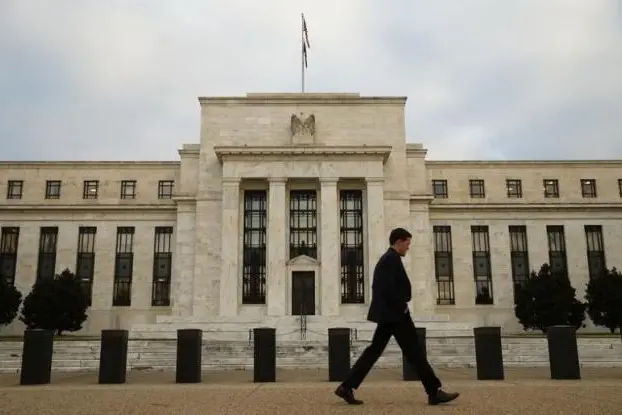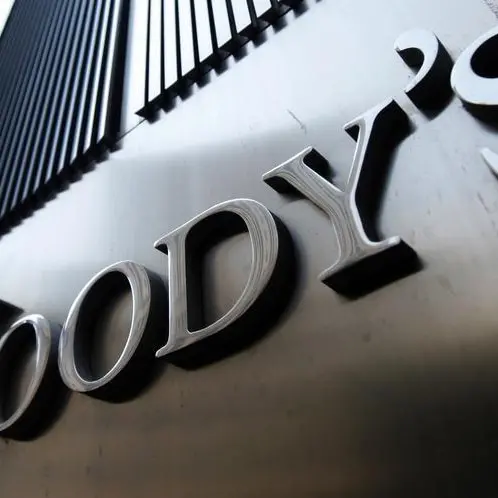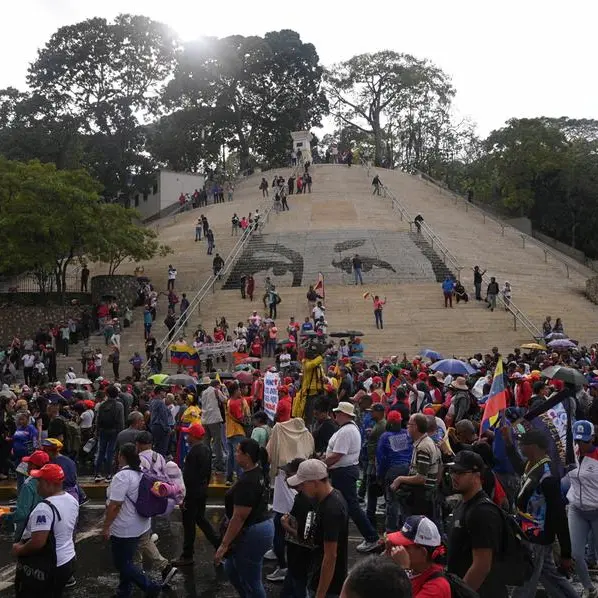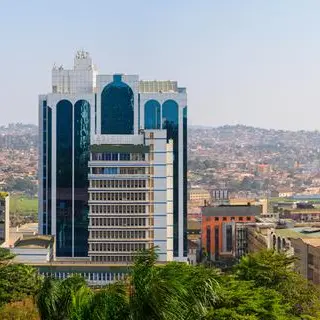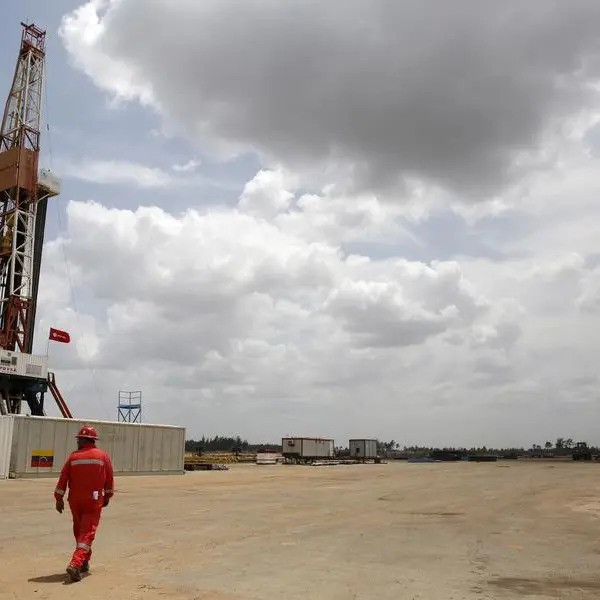PHOTO
Latin American central banks have dashed hopes that they will back off sky-high benchmark interest rates, amid stubbornly high inflation, expected further tightening by the U.S Federal Reserve, and political risks in some cases.
Latin American central banks were often in the vanguard of the global battle to quash inflation, with rate hikes totaling over 1,000 basis points
in some countries.
The central bank of Brazil, the region's largest economy, held its Selic benchmark interest rate at 13.75% last month, but said it was considering holding the six-year-high rate for longer than markets expected due to fiscal risks under new President Luiz Inacio Lula da Silva.
The Brazilian central bank's weekly survey of private economists last year foresaw cuts in June 2023, but a recent survey pushed the forecast back to November.
The bank's policies have faced increasingly vociferous criticism from Lula, who has said they risk triggering a credit crunch and hurting economic growth.
In neighboring Argentina, the central bank put the brakes on a 10-month hiking cycle in October, leaving its eye-popping 75% benchmark rate unchanged since then on signs the country's nearly 100% annual inflation was cooling.
But hopes of a potential rate cut in Argentina have dissipated as prices heat up anew, sources told Reuters recently, adding that it did not "seem appropriate to make monetary changes" in the near future.
In Chile, the central bank kept its key interest rate on hold in January, and underscored this week that it was in no hurry to reverse the process as inflation remained above its target.
The central bank's poll of traders now expects cuts won't come until May, likely making Chile the first mover.
LONG HOLD
A key issue banks face is bringing down core inflation, a key metric for policymakers which strips out some volatile food and energy prices and has taken longer than expected to slow in Latin America and beyond.
"We've seen goods inflation peak in most countries, but services inflation is proving a lot more stubborn," said Kimberly Sperrfechter, an analyst at Capital Economics, explaining that rates are also forecast to stay "quite high" throughout 2024.
"We've had a quite a few hawkish comments from central banks across the region, pushing back against the idea of rate cuts," she added.
Among them is Bank of Mexico deputy governor Jonathan Heath, who told Reuters that rates would be kept steady for an extended period once the bank's current hiking cycle ends.
Alejandro Saldaña Brito, chief economist at Ve Por Mas Bank, also cautioned that inflation is still not fully under control and forecast most countries will not cut rates until late 2023.
"Early data globally for 2023 has not been as favorable as expected. That gives central banks the message that it's not quite time to think about a more relaxed monetary policy," he said.
"If you want to avoid an inflationary spiral, you have to keep a restrictive monetary policy for an extended period."
That view is coupled with expectations the Fed will need to push interest rates higher and keep them up longer than initially projected, while the European Central Bank is also seen hiking more.
U.S. rates serve as reference points for borrowing costs around the world, and emerging markets also risk capital outflows as the Fed raises its rates.
In Colombia, inflation may have accelerated again in February, fueled by education, rent and transport.
That will likely push the central bank to again hike its benchmark interest rate, currently at 12.75%, said Camilo Perez, chief economist at Banco de Bogota.
"For now we continue to expect an increase of 50 basis points at the March meeting," Perez said, adding that the hike would likely be the last before a holding period.
Political unrest in Peru may have also moved back the goalpost for cuts, with the central bank warning that protests have caused supply chain disruption and impacted consumer prices.
Though the Andean nation's central bank unexpectedly held its key interest rate at 7.75% last month, it cautioned the "pause does not necessarily mean the end of the rate hiking cycle." (Reporting by Isabel Woodford; Additional reporting by Marco Aquino in Lima, Julia Symmes Cobb in Bogota and Gabriel Araujo in Sao Paulo; Editing by Anthony Esposito and Leslie Adler)
